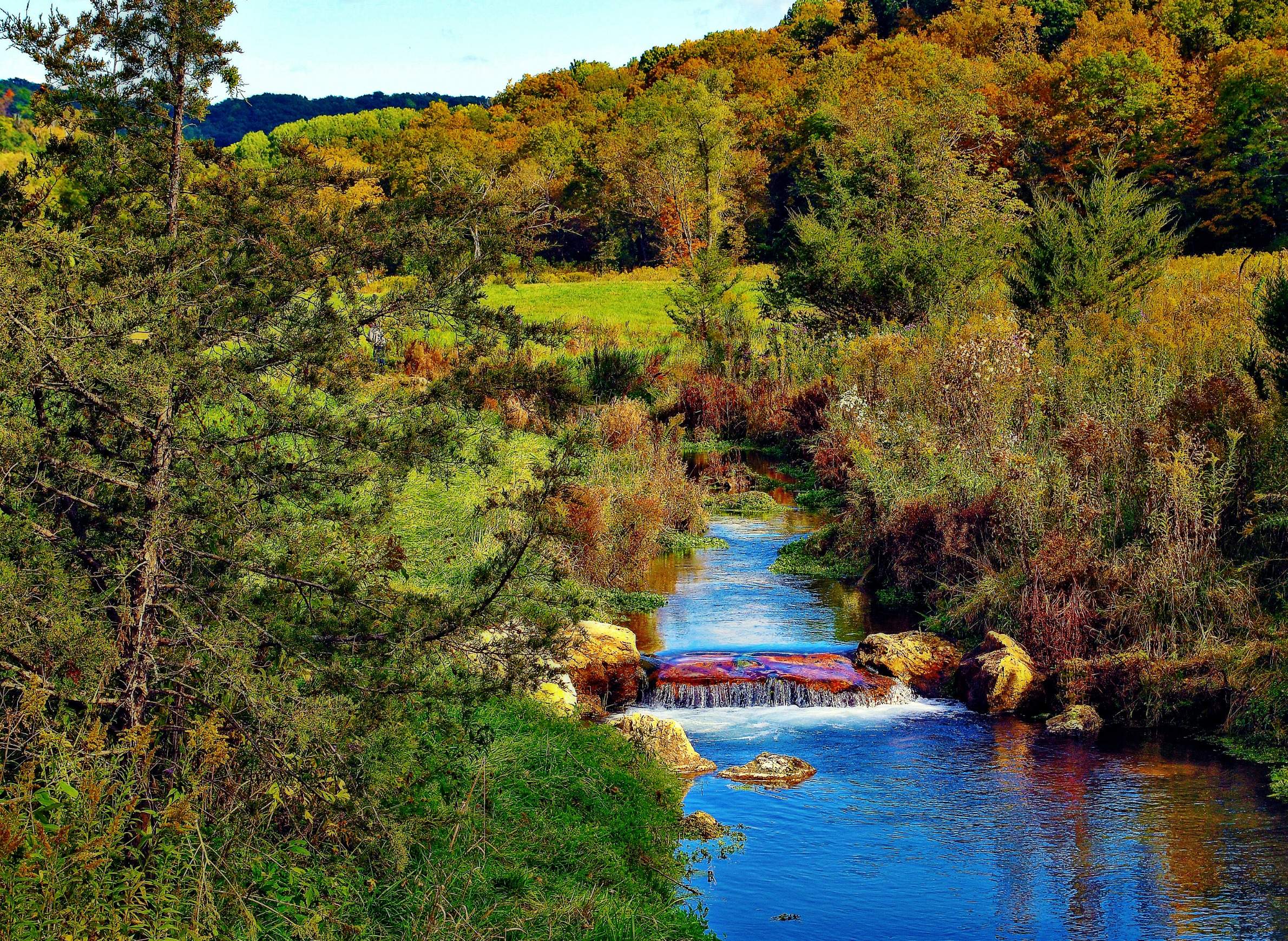
Land Trusts Are A Growing Conservation Option

When people think about preserving natural areas, many may think about government-protected lands – like state parks, national forests and state Department of Natural Resources wildlife areas. But land trusts are becoming an increasingly popular way to conserve land.
Land trusts are the private-public partnership of land conservation, said Mike Carlson, executive director of Gathering Waters, Wisconsin's alliance for land trusts. According to the group, land trusts are the fastest growing conservation movement in the United States.
"When we talk about land trusts today, we're talking about those nonprofit organizations with a primary mission of protecting land," said Carlson. "Land trusts provide options for land owners who want to permanently protect their land."
Land trusts organizations range from large national groups like The Nature Conservancy to regional and very small localized groups.
Carlson said there are 50 land trusts in Wisconsin. Each is meant to protect and preserve many different types of lands. These include sensitive natural areas, farm land, water resources, and recreational and cultural areas, Carlson said.
The trusts primarily work by owning land outright, through nature preserves or by permanently protecting land through conservation easements, he added.
Often land trusts partner with counties, townships and cities to help protect green space and offer recreational opportunities. They also partner with state and federal agencies like the DNR, Carlson said.
"I think all of these different groups and agencies play an important role when you think about the public lands and our long legacy of conservation in Wisconsin," he said.
Land trusts contribute to the Wisconsin economy with job creation and contributions to local economies, Carlson commented.
"The outdoor recreation industry in Wisconsin generates approximately $12 billion in economic activity each year, and $844 million in state and local tax revenue," he said. "Given that outdoor recreation requires land with public access, wildlife habitat, and open spaces, we argue that land trusts' work directly supports this important economic activity."
As an example, Carlson cited a 2012 survey made by the Ice Age Trail Alliance, which is a land trust organization, and the Wisconsin Department of Tourism. It showed the Ice Age Trail draws an estimated 1.2 million visitors every year and trail users contribute $113 million annually to statewide and local economies.
Wisconsin Public Radio, © Copyright 2023, Board of Regents of the University of Wisconsin System and Wisconsin Educational Communications Board.


